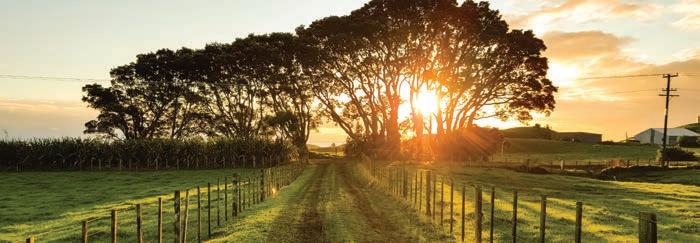
2 minute read
Making farms safer
The Victorian Farmers Federation (VFF) Farm Safety Team have partnered with the Telescopic Handler Association to develop the Telehandler Safety Handbook.
Created in the wake of a tragic incident at a Wimmera feedlot in November 2020, the practical guide for farmers highlights key safety considerations. A two-page flyer is also available that can be printed for employees, posted on noticeboards or made available in machinery sheds and tea rooms.
A versatile machine for agricultural work, the advantages of a telehandler can pose serious risks if it’s not used correctly. If not operated correctly, the telehandler can tip over or contact power lines, and loads can slip off and attachments can come loose, all causing injuries and fatalities. Unfortunately, these incidents have been increasing and promoting safe practices are a priority, and twenty per cent of on-farm injuries are caused by farm machinery, including telehandlers. The free resources aim to deliver free farm safety tools and services that are accessible, practical and useful to all Victorian farmers to support farmer and workers’ safety, wellbeing and mental health. In addition to these documents, two safety advisers are available to provide advice and support to all Victorian farmers, free of charge. The safety advisers spend three to four days a week visiting farms all over Victoria, undertaking safety audits and consulting with farmers.
Telehandler
Safety Handbook
Telehandlers, safety and you
This safety resource has been developed by the Victorian Farmers Federation, in conjunction with the Telescopic Handler Association (TSHA), to increase awareness for farmers of the machinery’s operation and how to prevent accidents while in use.
A telehandler or Telescopic Handler is a versatile machine for agricultural work, but its advantages can pose serious risks if it’s not used correctly.
Telehandlers typically have a side-mounted cab, with the boom mounted to the right of the cabin. The operator’s view from the cab may be obstructed by the boom, cab pillars and other parts of the structure and visibility can also be restricted when reversing or lifting large loads.
If not operated correctly, the telehandler can tip over or contact power lines, and loads can slip off and attachments can come loose, all causing injuries and fatalities. Unfortunately, these incidents have been increasing and promoting safe practices are a priority.
This guidance will assist farmers in highlighting a range of considerations that combined serve to improve the ‘state of knowledge’ on Telehandler safety for the industry.
1
Powerlines are a significant hazard
Hazards
Be aware of your surroundings when operating a Telehandler, assess the terrain, use attachments that are fit-for-purpose and ensure the equipment is well maintained.
Dangers to look out for:
• overturning • electrocution – overhead powerlines • contact with workers, pedestrians and bystanders • unsecured loads falling leading to crushing • inappropriate or poorly maintained handling attachments • unsafe procedures • attachments inappropriately used as work platforms (e.g. standing on forks and pallets) • attachments not secured properly • unintended movement of the machine
2 Telehandler Safety Handbook
The guide covers common hazards, training and licensing requirements, safety considerations, and working with attachments. It also has a handy Risk Assessment Checklist operators can work through before using a telehandler. The Making our Farm Safer project is funded by Smarter, Safer Farms, a $20 million Victorian Government commitment to improve safety and skills outcomes for Victorian farmers. The Victorian Government is backing a stronger, more innovative and sustainable agriculture industry with a 10-year strategy for Agriculture.
You can download the guide from the website at www.TSHA.com.au or call the national office on 02 9998 2222










